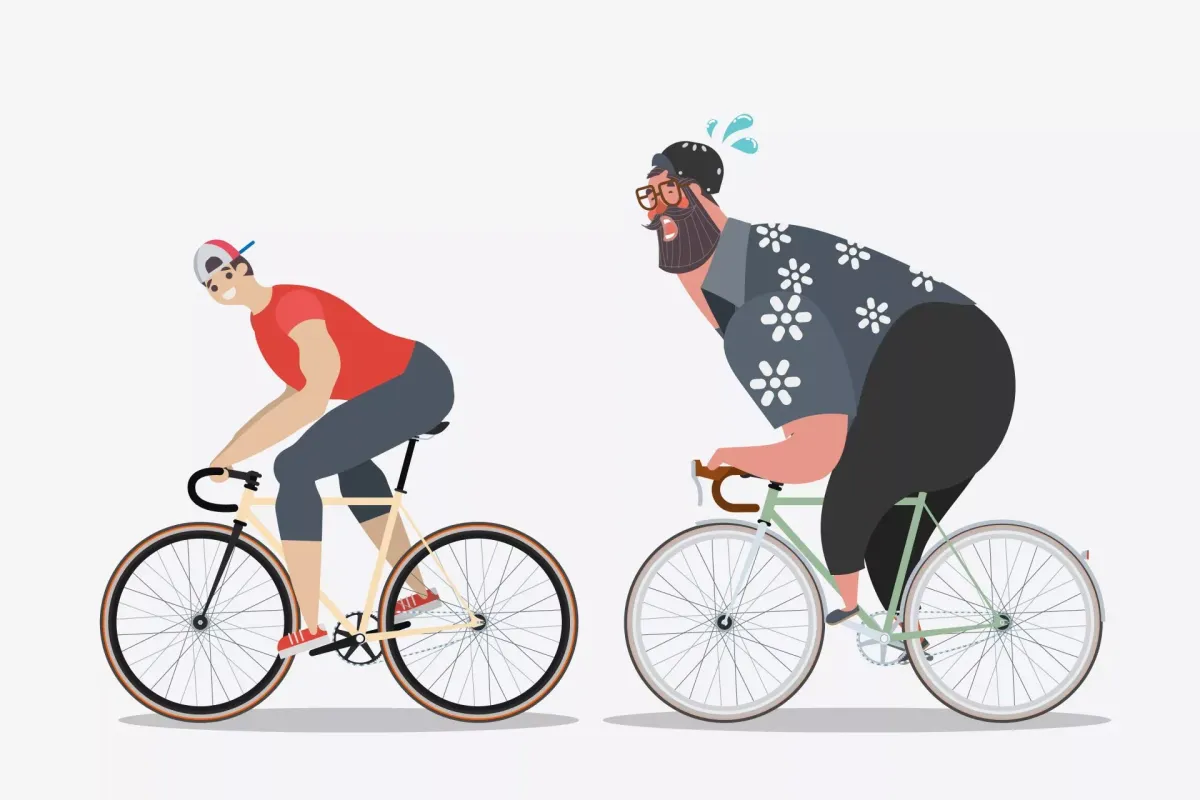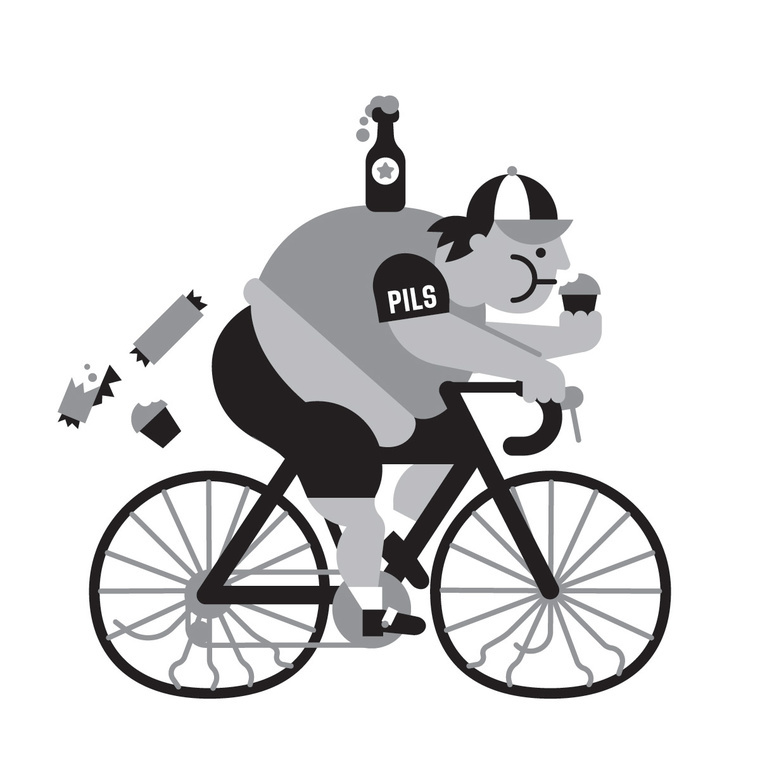Why You're Cycling More But Not Losing Weight

Training hard and losing weight is a great combination for improving cycling speed, especially uphill, but doing both at once rarely works out. People hoping to lose weight with exercise often wind up being their own worst enemies, according to a new study, which was published last month in the American Journal of Clinical Nutrition.
The study tracked how much people ate and moved after starting to exercise and found that many of them failed to lose or even gained weight while exercising. Why? Because they also reflexively changed their eating habits.
We know that time on the bike consumes calories, and the laws of thermodynamics demand that if we burn calories without replacing them we must shed weight. But the equation isn’t quite that simple. Studies have shown that if we account only for exercise that people only lose about 30 to 40 percent of the weight we would expect given how many calories were expended.
Why exercise comes up so short is an open question though. Do we eat more to make up for exercise expenditures? Do we move less when not actively exercising? Perhaps our resting metabolic rates decline as we get fitter.
With those questions in mind, researchers with the Pennington Biomedical Research Center in Baton Rouge, La., and other institutions recruited 171 sedentary, overweight men and women ages 18 to 65, measured their weight, resting metabolic rates, typical levels of hunger, aerobic fitness, daily food intake and energy expenditure. They also surveyed whether the volunteers felt that healthy actions now justified less-desirable ones later.
They then randomly assigned some to continue their normal lives as a control, while others began exercise programs. Routines lasted for six months and throughout, the volunteers wore activity monitors, and the researchers periodically checked their metabolic rates, energy intake and fitness. The volunteers were allowed to eat however they chose.
Afterward, everyone returned to the lab. The control group’s numbers (weight and resting metabolic rate) had not changed. But neither had those of most of the exercisers. While a few had dropped weight most had lost far less weight than would have been expected given their caloric expenditure during exercise. Scientists also found that almost everyone’s activity-monitor readouts had remained steady.
Participants had compensated by upping their food intake.
It didn’t take much. The extra calories amounted to only 90 additional calories a day, but it was enough to undercut weight loss.
What do 90 calories look like?
- 12 gummy bears
- 1 tablespoon of peanut butter
- 2 small chocolate chip cookies
- 12 potato chips
- 1 banana
One of the more interesting findings of the study was that those exercisers who had compensated the most and lost the least weight tended to be those who had reported at the start that they thought some good healthy habits gave people license for other less healthy ones.
So, if you’re trying to lose weight while putting in long miles on the bike, pay attention to what you’re eating. An extra cookie here or there is all it takes to undermine your progress.






